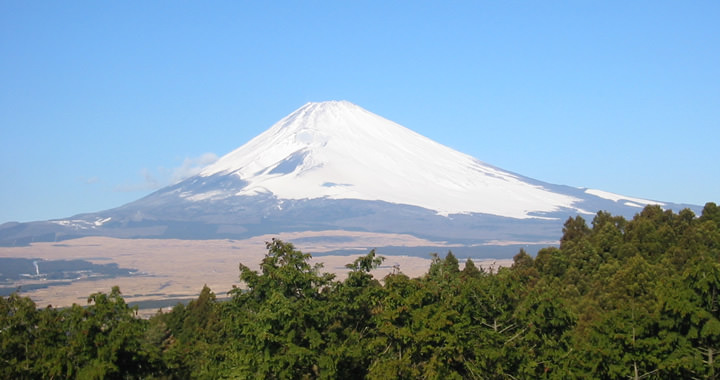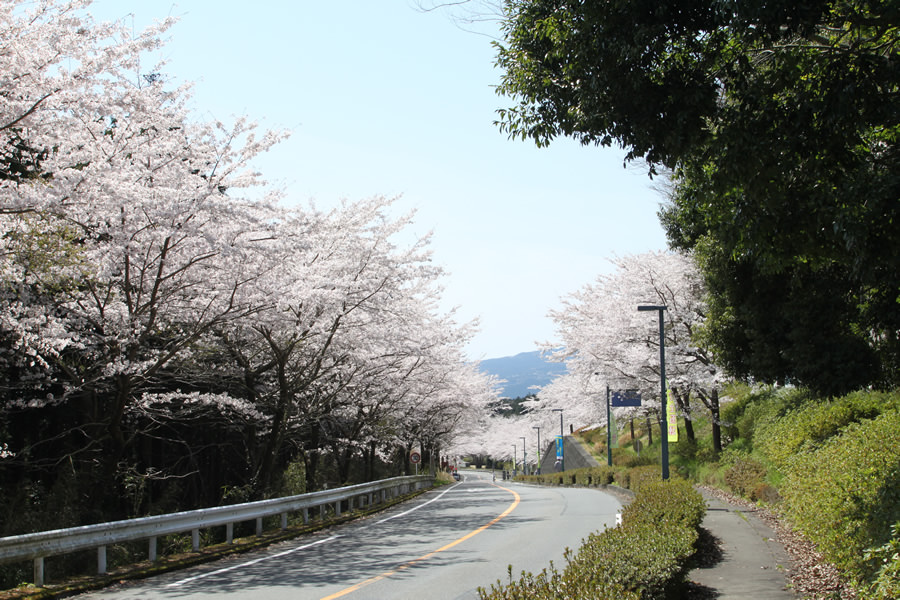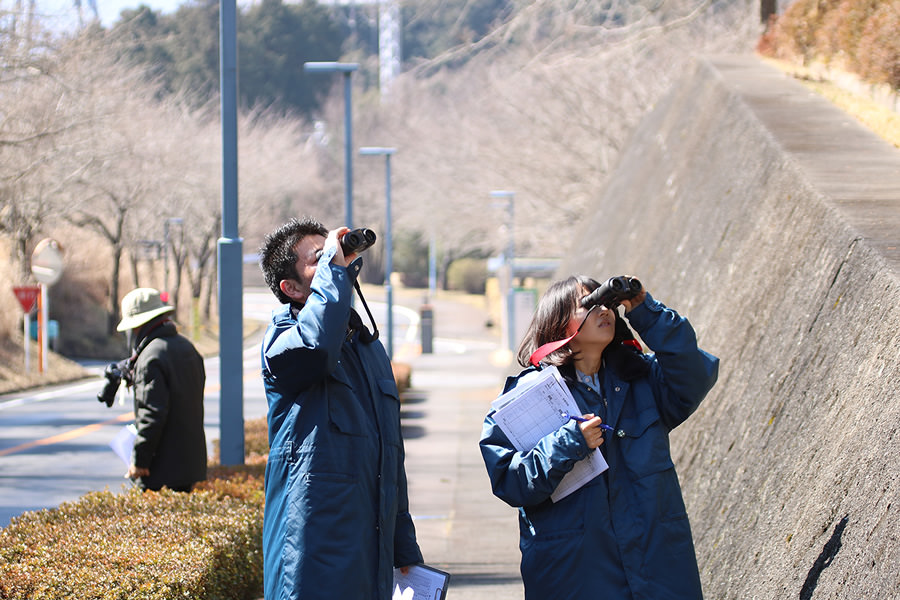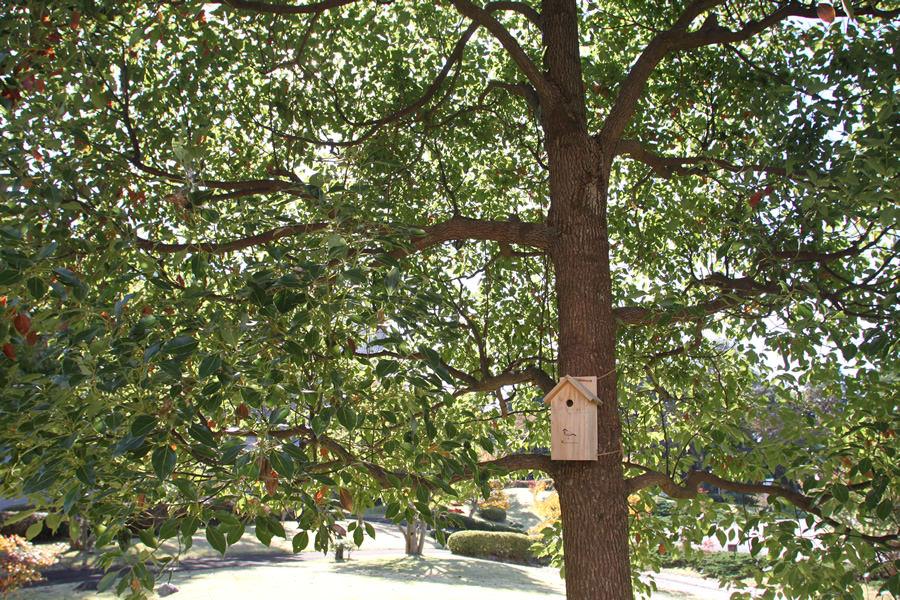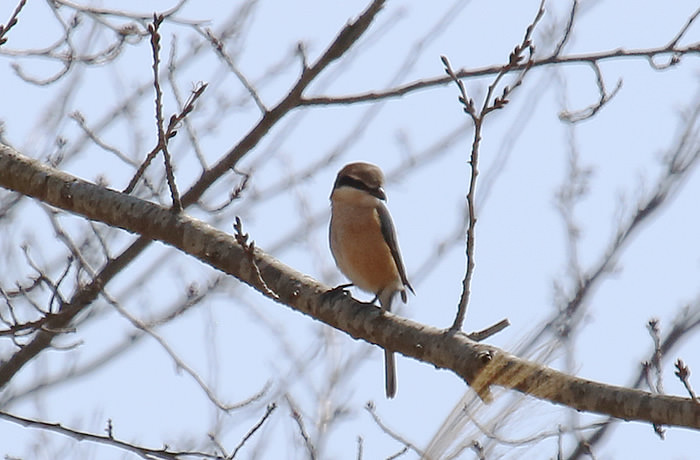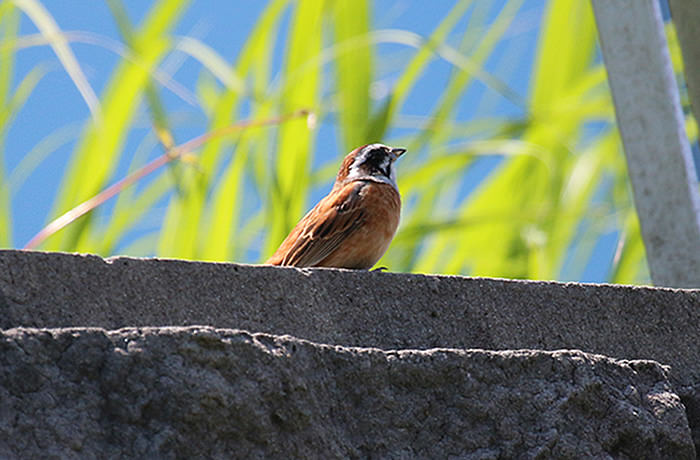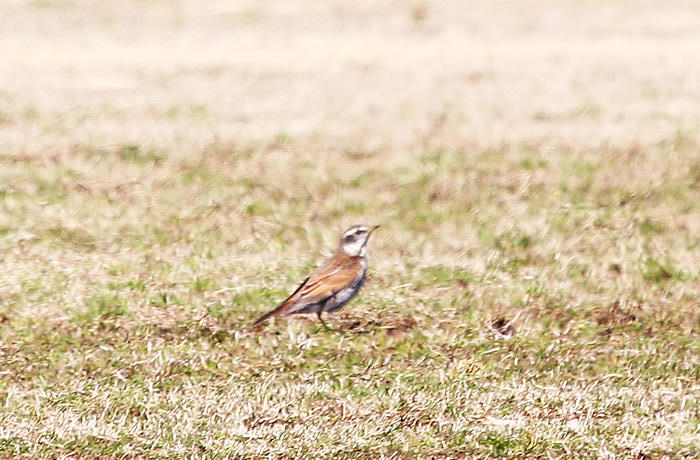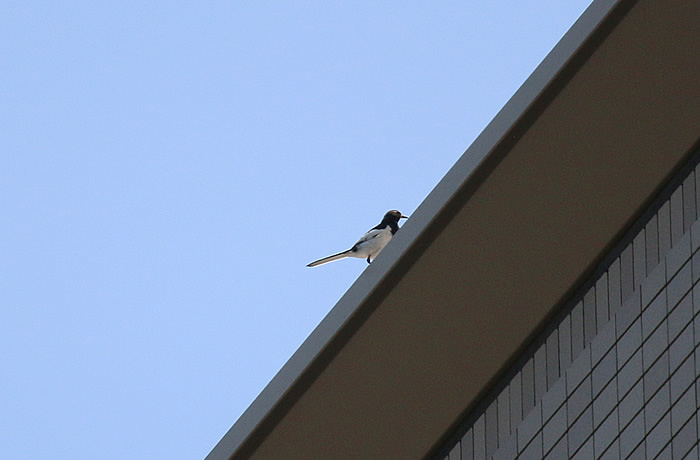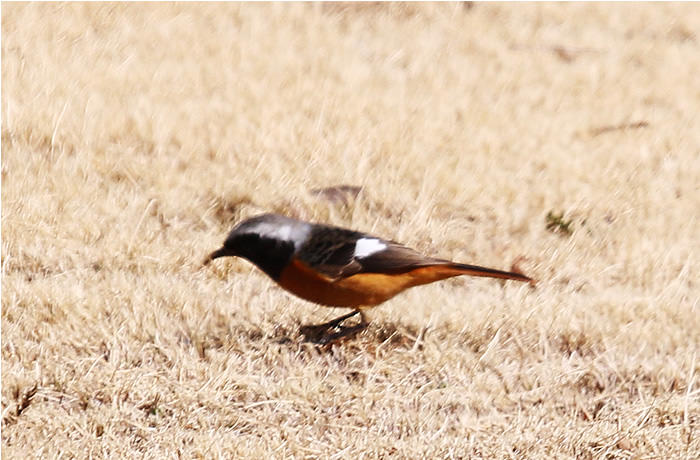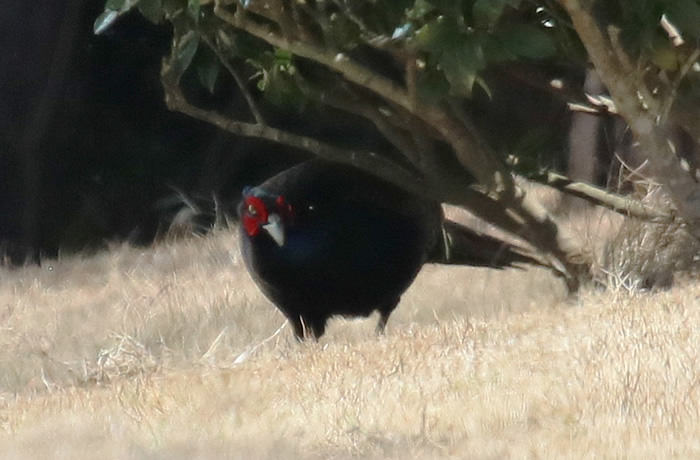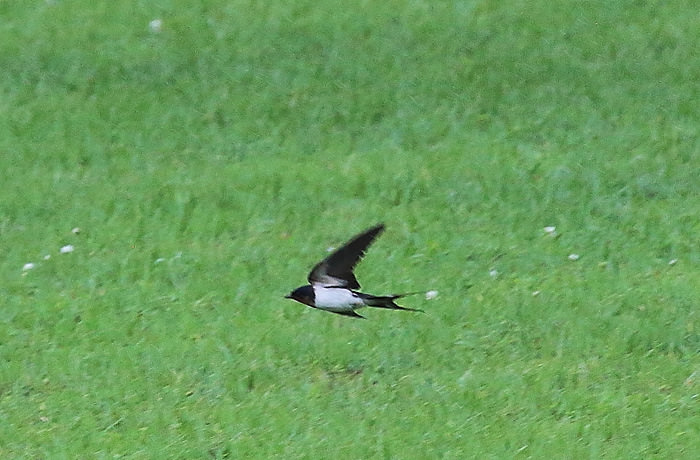Bull-headed Shrike
This bird breeds on the edges of forests and the cropland as well as the riverbeds, and in other fairly open spaces. It’s known for twirling its long tail. The bird is often found in hills and mountain regions in spring and summer and in hills and lowlands during the autumn and winter.
